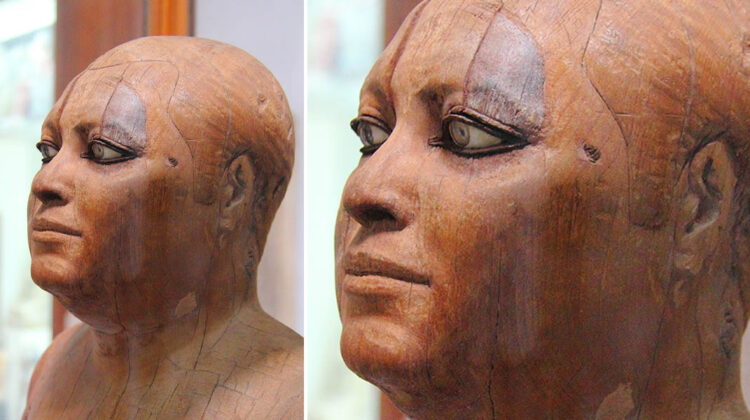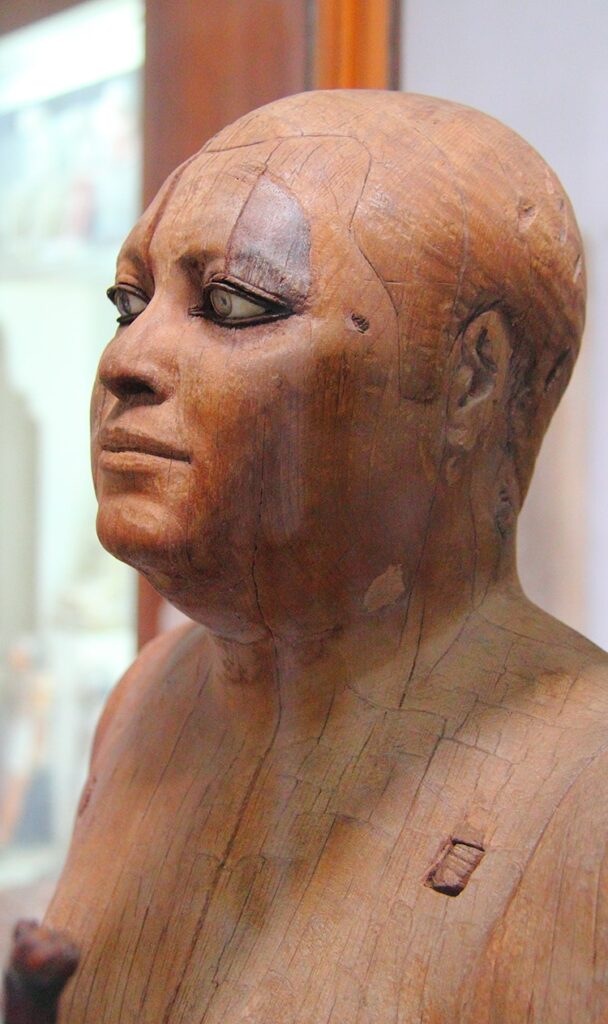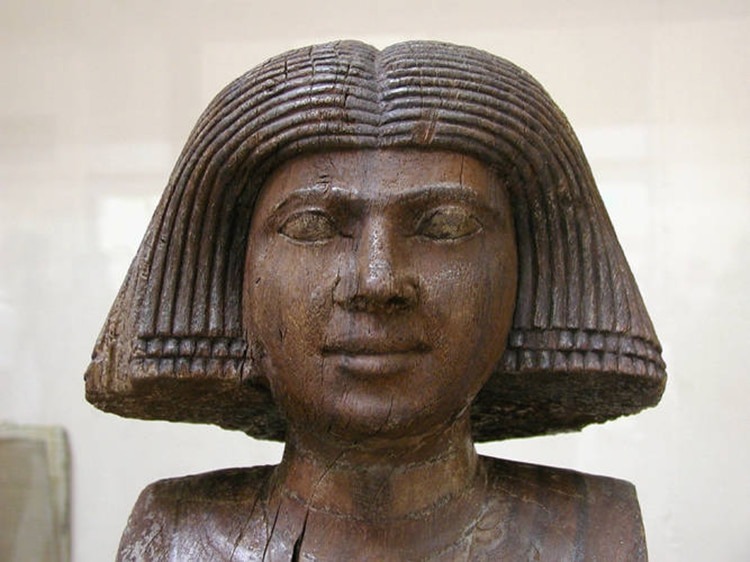
Ancient Egyptian artisans and painters were masters of their craft. Ancient craftsmen, known for their funerary statues, did a brisk business filling the land’s many tombs and temples. Archeologists have continually uncovered excellent masterpieces that continue to astonish spectators over the centuries. One of these mythical monuments is of Ka’aper, the scribe and priest (also known as Kaaper or Sheikh el-Balad). This wooden figurine is an exceptionally lifelike work of art with almost unbelievable craftsmanship. The hyperrealistic and exquisitely carved statue reveals the ancient artisans’ incredible skill.
Within the Saqqara necropolis, the statue of Ka’aper was discovered in perfect condition in his tomb (known as a mastaba). It was built around 2500 BCE, during the Old Kingdom’s 5th dynasty. A staff is held by the statue, which is in a striding position. Ka’aper was an official, but not very high-ranking, scribe and priest-reader. As a result, he is depicted as a normal-looking man rather than an idealized figure.
The sculpture’s rock-crystal and copper eyes are one of its most striking aspects, adding amazing realism to the piece. It’s amazing that the statue, which was carved out of sycamore wood, has lasted so well. The outermost layer, which was originally plastered and painted, looks to have deteriorated. Nonetheless, the statue’s state of preservation is extremely remarkable. In a strange twist of destiny, the figure had a striking similarity to the mayor of the excavators’ town when it was discovered. Sheikh el-Balad, which means mayor or town leader in Arabic, is one of the statue’s names. A statue of a woman, likewise carved in wood, stood beside this figure in the mastaba. She’s Ka’aper’s wife, according to legend.
The iconic statue of Ka’aper is now housed in Egypt’s Egyptian Museum in Cairo. The world-famous institution also has a plethora of other stunning specimens of Egyptian art.
In ancient Egypt’s Old Kingdom, Ka’aper was a reader-priest and scribe.

A statue of him found in his tomb is famous for its realism and rock-crystal eyes.

Learn more about this stunning example of Egyptian artisanship.

Leave a Reply